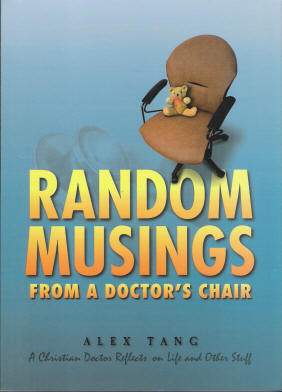ADHD Diagnostic Criteria
DSM-IV (Text Revision) Definition
Attention-Deficit/Hyperactivity Disorder
Essential features:
A. Persistent pattern of inattention and/or hyperactivity-impulsivity that is more frequently displayed and is more severe than is typically observed in individuals at comparable level of development.
B. Some hyperactive-impulsive or inattentive symptoms must have been present before seven years of age.
C. Some impairment from the symptoms must be present in at least two settings.
D. There must be clear evidence of interference with developmentally appropriate social, academic or occupational functioning.
E. The disturbance does not occur exclusively during the course of a Pervasive Developmental Disorder, Schizophrenia, or other Psychotic Disorders and is not better accounted for by another mental disorder.
Three Subtypes:
Attention-Deficit/Hyperactivity Disorder Predominantly Inattentive Type: This subtype is used if six (or more) symptoms of inattention (but fewer than six symptoms of hyperactivity-impulsivity) have persisted for at least six months.
Attention-Deficit/Hyperactivity Disorder Predominantly Hyperactive-Impulsive Type: This subtype should be used if six (or more) symptoms of hyperactivity-impulsivity (but fewer than six of inattention) have persisted for at least six months.
Attention-Deficit/Hyperactivity Disorder Combined Type: This subtype should be used if six (or more) symptoms of inattention and six (or more) symptoms of hyperactivity-impulsivity have persisted for at least six months.
Diagnostic Criteria for the three subtypes of Attention-Deficit/Hyperactivity Disorder according to DSM-IV:
A. “Persistent pattern of inattention and/or hyperactivity-impulsivity that is more frequently displayed and is more severe than is typically observed in individuals at comparable level of development.” Individual must meet criteria for either (1) or (2):
(1) Six (or more) of the following symptoms of inattention have persisted for at least six months to a degree that is maladaptive and inconsistent with developmental level:
Inattention
(a) often fails to give close attention to details or makes careless mistakes in schoolwork, work or other activities
(b) often has difficulty sustaining attention in tasks or play activity
(c) often does not seem to listen when spoken to directly
(d) often does not follow through on instructions and fails to finish schoolwork, chores or duties in the workplace (not due to oppositional behavior or failure to understand instructions)
(e) often has difficulty organizing tasks and activities
(f) often avoids, dislikes, or is reluctant to engage in tasks that require sustained mental effort (such as schoolwork or homework)
(g) often looses things necessary for tasks or activities (e.g., toys, school assignments, pencils, books or tools)
(h) is often easily distracted by extraneous stimuli
(i) is often forgetful in daily activities
(2) Six (or more) of the following symptoms of hyperactivity-impulsivity have persisted for at least six months to a degree that is maladaptive and inconsistent with developmental level:
Hyperactivity
(a) often fidgets with hands or feet or squirms in seat
(b) often leaves seat in classroom or in other situations in which remaining seated is expected
(c) often runs about or climbs excessively in situations in which it is inappropriate (in adolescents or adults, may be limited to subjective feelings of restlessness)
(d) often has difficulty playing or engaging in leisure activities quietly
(e) is often “on the go” or often acts as if “driven by a motor”
(f) often talks excessively
Impulsivity
(g) often blurts out answers before questions have been completed
(h) often has difficulty awaiting turn
(i) often interrupts or intrudes on others (e.g., butts into conversations or games)
B. Some hyperactive-impulsive or inattentive symptoms must have been present before age 7 years.
C. Some impairment from the symptoms is present in at least two settings (e.g., at school [or work] and at home).
D. There must be clear evidence of interference with developmentally appropriate social, academic or occupational functioning.
E. The disturbance does not occur exclusively during the course of a Pervasive Developmental Disorder, Schizophrenia, or other Psychotic Disorders and is not better accounted for by another mental disorder (e.g., Mood Disorder, Anxiety Disorder, Dissociative Disorder, or a Personality Disorder).
Labels: Parenting















0 Comments:
Post a Comment
<< Home